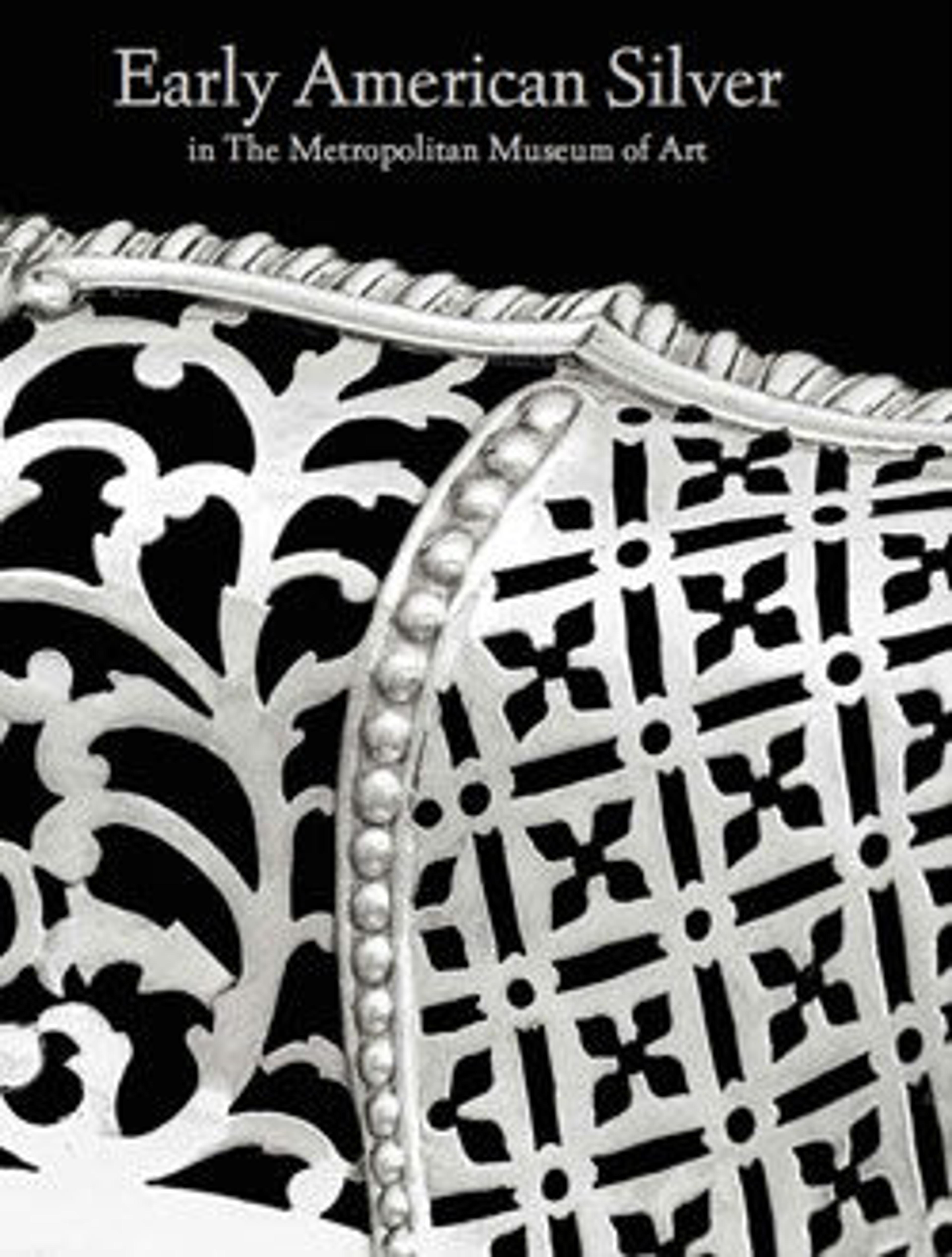Salver
Used in various capacities for the service of food and drink, salvers took their place on the tea table. Smallsized salvers, sometimes called waiters, were occasionally made en suite with flatbottomed coffeepots as protection for fine wood tables. Popular through the middle decades of the eighteenth century was the socalled piecrust border seen here. These borders were usually raised as one with the flat surface of the salver, but in this case the rim was made separately and soldered to the flat plate. A smaller salver of this type, also marked by Soumaine (35.68.4), is constructed in a similar fashion.
When acquired by the Museum in 1933, this salver was said to have belonged originally to John Thurman (b. 1695), a baker and merchant who in 1720 became a freeman, an individual granted the privilege to open a retail shop, to vote, and to hold political office. An estate inventory for Thurman taken on August 18, 1778, lists a sizable collection of plate, but no salver is mentioned, and no documentation has come to light to confirm this provenance.
When acquired by the Museum in 1933, this salver was said to have belonged originally to John Thurman (b. 1695), a baker and merchant who in 1720 became a freeman, an individual granted the privilege to open a retail shop, to vote, and to hold political office. An estate inventory for Thurman taken on August 18, 1778, lists a sizable collection of plate, but no salver is mentioned, and no documentation has come to light to confirm this provenance.
Artwork Details
- Title: Salver
- Maker: Simeon Soumaine (baptized 1685–ca. 1750)
- Date: 1735–45
- Geography: Made in New York, New York, United States
- Culture: American
- Medium: Silver
- Dimensions: H. 1 5/8 in. (4.1 cm); Diam. 10 15/16 in. (27.8 cm); 28 oz. 5 dwt. (878.7 g)
- Credit Line: Purchase, Joseph Pulitzer Bequest, 1933
- Object Number: 33.42
- Curatorial Department: The American Wing
More Artwork
Research Resources
The Met provides unparalleled resources for research and welcomes an international community of students and scholars. The Met's Open Access API is where creators and researchers can connect to the The Met collection. Open Access data and public domain images are available for unrestricted commercial and noncommercial use without permission or fee.
To request images under copyright and other restrictions, please use this Image Request form.
Feedback
We continue to research and examine historical and cultural context for objects in The Met collection. If you have comments or questions about this object record, please contact us using the form below. The Museum looks forward to receiving your comments.
